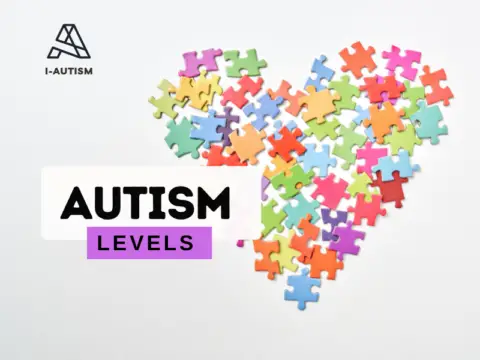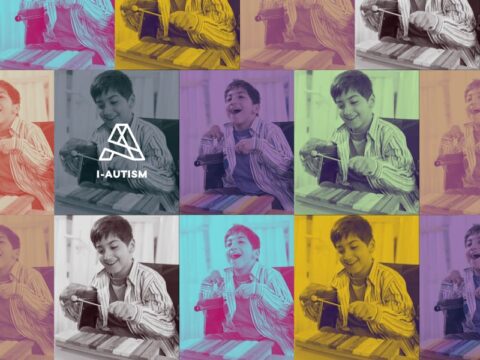Early intervention for autism plays a crucial role in helping children reach their full potential. Research shows that early diagnosis and tailored support can lead to significant improvements in communication,
Autism spectrum disorder (ASD) is a complex neurodevelopmental disorder that affects communication, social interaction, and behavior. It is a spectrum disorder, which means that it affects individuals differently and to
Understanding the Link Between Autism and Seizures: Causes, Symptoms, and Treatments Autism Spectrum Disorder (ASD) and seizures are two conditions that often co-occur in individuals. In fact, up to one-third
How this guide works Tasks: This is a list of the smaller steps involved in the activity. It breaks down the activity into more manageable parts.Prompts: These are specific verbal
Here are effective strategies to teach children with Autism Spectrum Disorder (ASD) how to put on their shoes. These strategies focus on breaking down the task, using visual supports, and
How this guide works Tasks: This is a list of the smaller steps involved in the activity. It breaks down the activity into more manageable parts.Prompts: These are specific verbal
Autism Guide: Showering Teaching children with Autism Spectrum Disorder (ASD) to shower can be a challenging but essential task. This guide provides effective strategies and a structured framework to help
Echolalia: Types, Causes, Symptoms, and Treatment | Echolalia is a speech phenomenon characterized by the involuntary repetition of words or phrases that individuals hear. While it is commonly observed in
Repetitive or rigid language—often known as 'stereotyped speech'—is a common characteristic of Autism Spectrum Disorder (ASD) [NIH]. This can manifest as echolalia, which is the repetition of words or phrases,
What is a Sensory Diet and how it can help children with Autism | Living with sensory sensitivities can present unique challenges, but there are strategies that can make a
Autism and Tylenol are there links? The cause of autism remains unclear, but research has identified risk factors such as genetics, environmental pollutants, and immune dysfunction. Some people have attributed
Social skills aba may be part of your child's IEP. Social skills are integral to our everyday interactions and form the basis of successful relationships and clear communication. For individuals
Setting Goals for Effective Communication Through ABA Communication is the cornerstone of our daily lives. It enables individuals to express desires, interact with others, and navigate the world around them.
Most Shared 👍🏼
English is my second language.
Autism is my first.
Dan Bowman





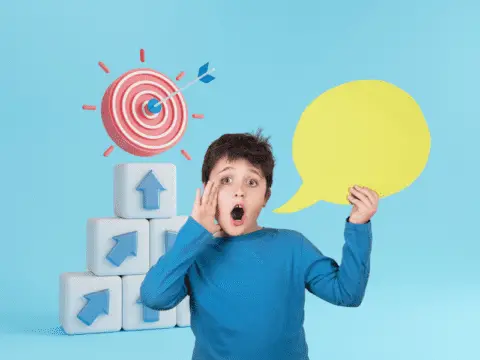
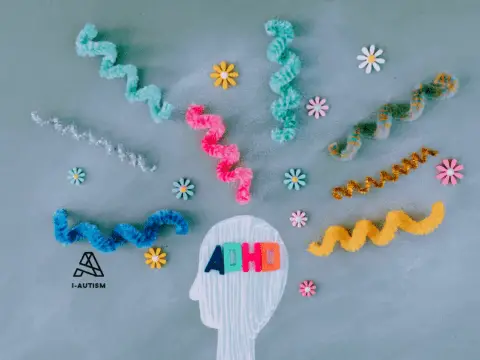

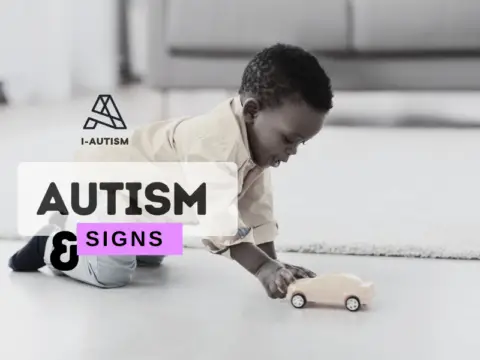
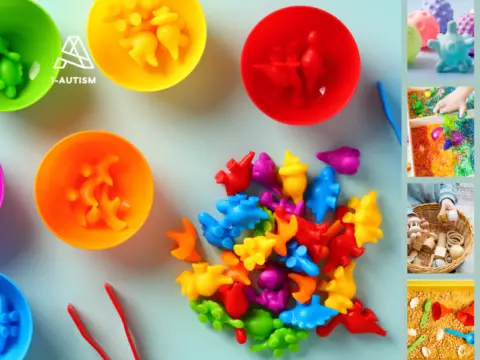






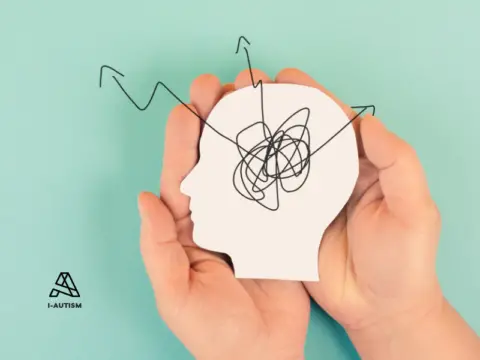
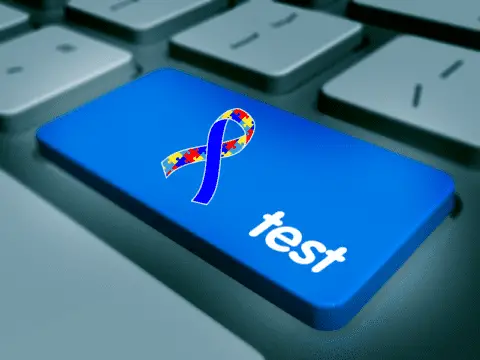
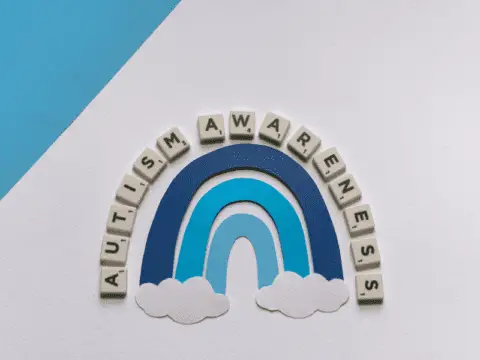

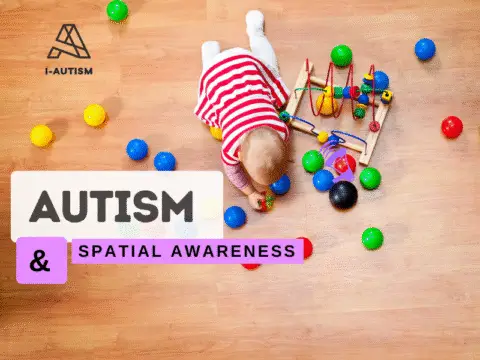

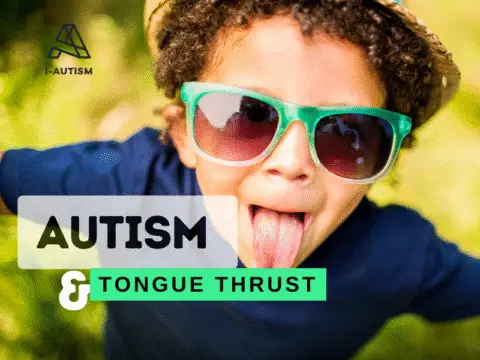
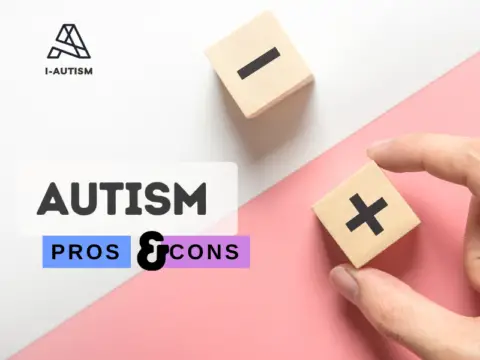

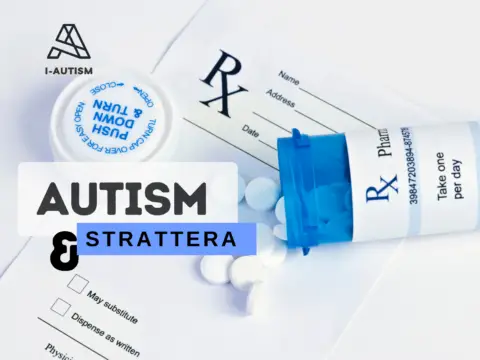
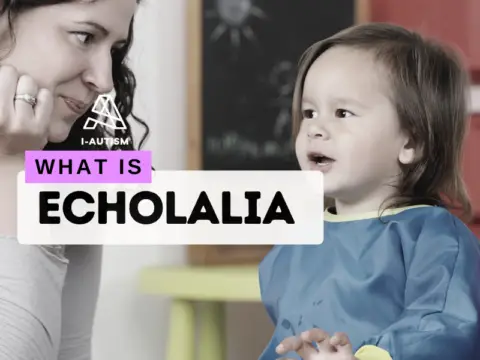
![# Managing Repetitive Speech in Autism: Strategies and Techniques Repetitive speech in individuals with Autism Spectrum Disorder (ASD) can present unique challenges. However, with appropriate strategies and approaches, improvements can be made to better manage this aspect of ASD. Here are some strategies and techniques that can influence positive changes: ## 1. Functional Communication Training (FCT) FCT is a technique that guides an individual to replace problem behavior, like repetitive speech, with more appropriate and effective communication behavior. This could range from words and sentences to other means like sign language or the use of communication tools. **Example:** If an individual repeats a phrase like, "I want cookie," teach them to express what they want through other communicative methods like pointing to pictures or using an app on a tablet. ## 2. Prompt and Fading Technique This involves the use of verbal or physical prompts to guide correct behavior, with the prompt's intensity gradually reduced (or "faded") over time as the individual begins to respond independently. **Example:** You might initially hand-over-hand help them point to a picture of the object they desire, gradually reducing your level of assistance as they begin to master the skill. ## 3. Modeling Appropriate Speech Modeling involves the caregiver exhibiting appropriate speech behavior, then encouraging the individual to imitate it. **Example:** You could say a sentence like, "I would like some water, please" and ask the individual to repeat the sentence. Over time, this can help form patterns of more appropriate speech. ## 4. Scripting Scripting can help the individual learn more complex conversations. Scripts are learned and practiced phrases or sentences that can be used in everyday social interaction. **Example:** A script might be: "Hi, my name is \[name]. How are you today?" As the individual becomes comfortable with this script, you can introduce more complex scripts to cover different social scenarios. ## 5. Reinforcement Strategy This strategy reinforces the completion of an appropriate behavior by delivering a reward, which can motivate the individual to repeat that behavior. **Example:** If the individual successfully uses a newly learned sentence in conversation without falling into repetitive speech, they might be reinforced with verbal praise, a favorite activity, or a small treat. ## 6. Speech and Language Therapy Speech and language therapists use techniques to enhance language development and improve communication skills. This can be very beneficial in managing repetitive speech in individuals with ASD. While these are broad strategies, every person with ASD has unique needs and abilities. It's important that any intervention should be personalized and carried out at the individual's pace. Consult a healthcare provider or speech and language therapist for a tailored approach to managing repetitive speech.](https://i-autism.com/wp-content/uploads/2023/12/Repetitive-Speech-in-Autism-Strategies-and-Techniques-480x360.png)




